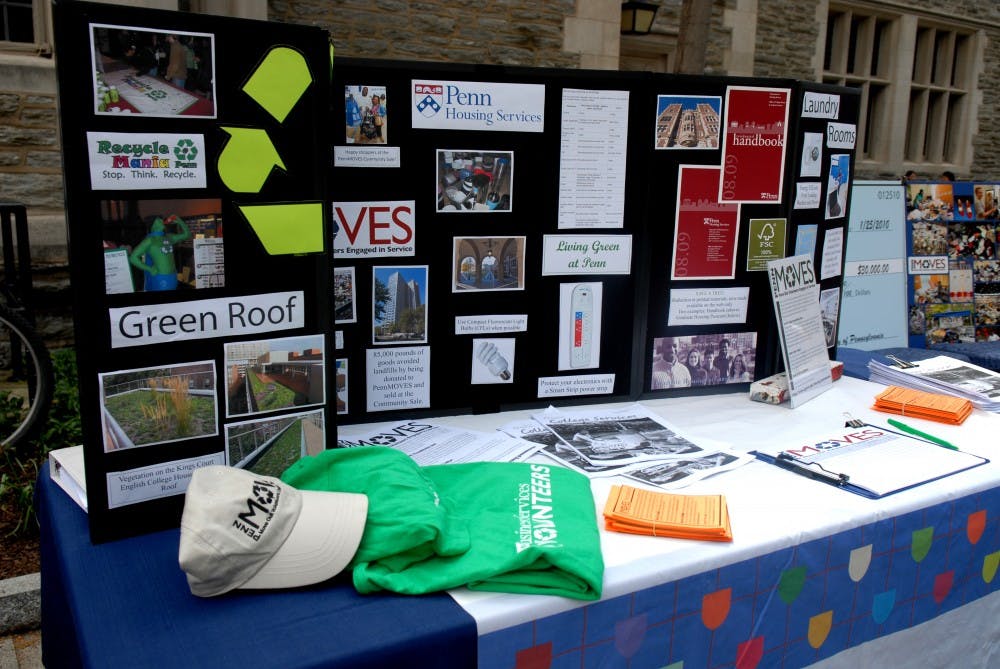For the past six years, the Environmental Protection Agency has ranked Penn among the best universities in the country in terms of green power support — but some students say there’s more to being green.
The EPA’s Annual College and University Green Power Challenge, which has been in place since the 2006-07 academic year, tracks university purchases of renewable energy credits, or RECs, within 39 different academic conferences.
Each credit represents one megawatt-hour of sustainably-produced energy. When a university buys RECs, they lay claim to a certain amount of green power that has already been produced. Penn takes first in its Ivy League bracket for REC consumption, and also outranks larger universities such as Ohio State University.
When it comes to the EPA Challenge, Penn has a winning tradition — in each year of competition since 2009, the University has bought more RECs than any other participating institution. Most of the green energy behind Penn’s purchased credits comes from wind power.
However, some students say investing in RECs simply isn’t enough. Although the purchase of credits promotes production and use of clean energy, some argue doing so isn’t a long-term solution.
“We believe that reinvesting money from dirty fuels towards clean energy is a more effective way towards this sustainability goal,” Fossil Free Penn Administrative Outreach Coordinator Thomas Lee, an Engineering and Wharton sophomore, said. “Unlike RECs, reinvestment has long-term global climate scope and helps to expand the endowment, instead of being one-time certificates with no return on investment in the future.”
Regardless, Penn’s Sustainability Director Dan Garofalo said that the University is currently “committed to supporting fossil-free domestic energy production through the voluntary purchase of RECs.”
Data from the Challenge shows this to be true — in the past nine years, Penn has increased its funding of green power and associated green energy consumption from 112 million kilowatt-hours to over 200 million.
Buying into renewable power is only a small part of Penn’s effort to be green, however.
“Although the purchase of wind RECs supports the production of clean domestic energy and allows Penn to claim an offset to a significant portion of our emissions, the focus of the Climate Action Plan 2.0 is on the reduction of energy use on campus,” Garofalo said.
Among other things, the Climate Action Plan 2.0 promotes on-the-ground initiatives to change the habits of students and staff. One of these initiatives is the Eco-Reps program, which promotes green practices across areas such as Greek life, athletics, college house living and others.
“As Eco-Reps, our main goal is to reach out on an individual level so people change living habits,” Hill College House Eco-Rep and College sophomore Justin Kirschner said.
“We want to encourage behavioral changes ... it does impact Penn’s overall energy usage, because the undergraduate population is so large,” added Hill College House Eco-Rep and College freshman Jisoo Kim.
With or without the EPA Challenge rankings, Garofalo said Penn’s efforts are bringing about real change.
“When the growth of campus and weather is factored in, we have achieved a 10.4 percent reduction of electricity per square foot of campus space,” he said. “Penn is justifiably proud of the fact that the University actually has reduced ‘non-green’ electricity use on campus.”









